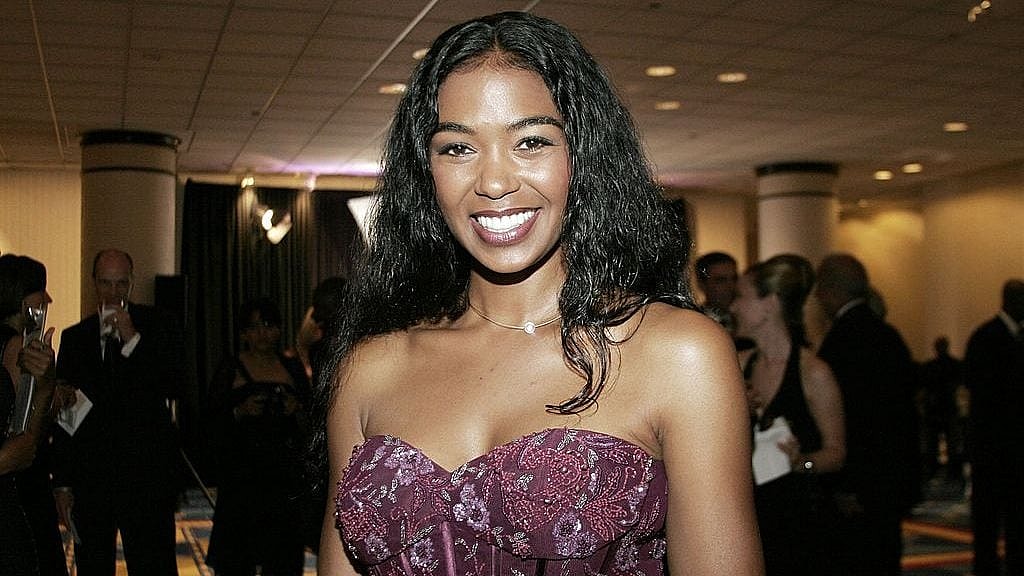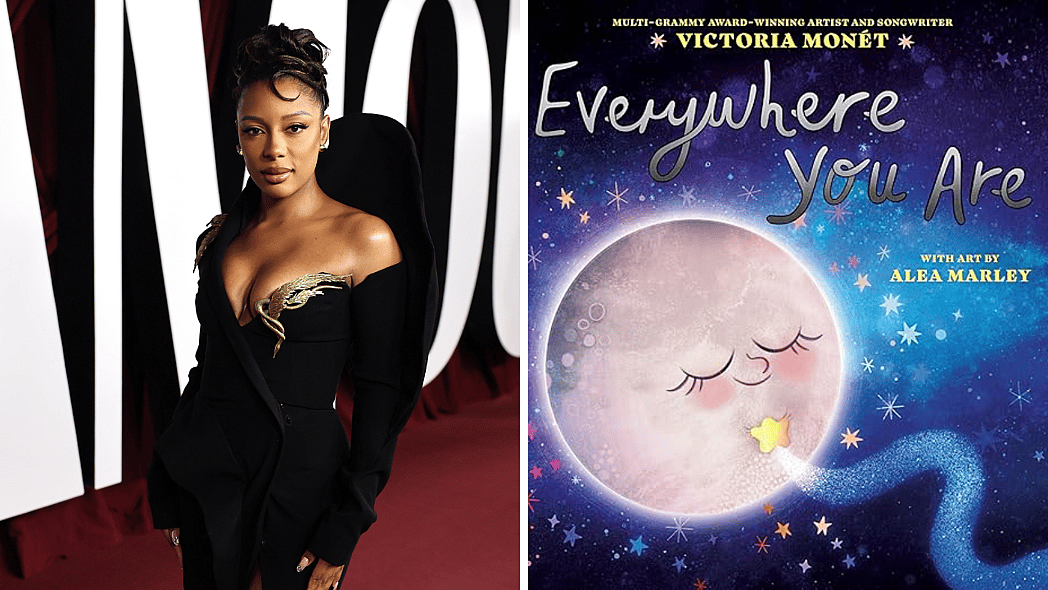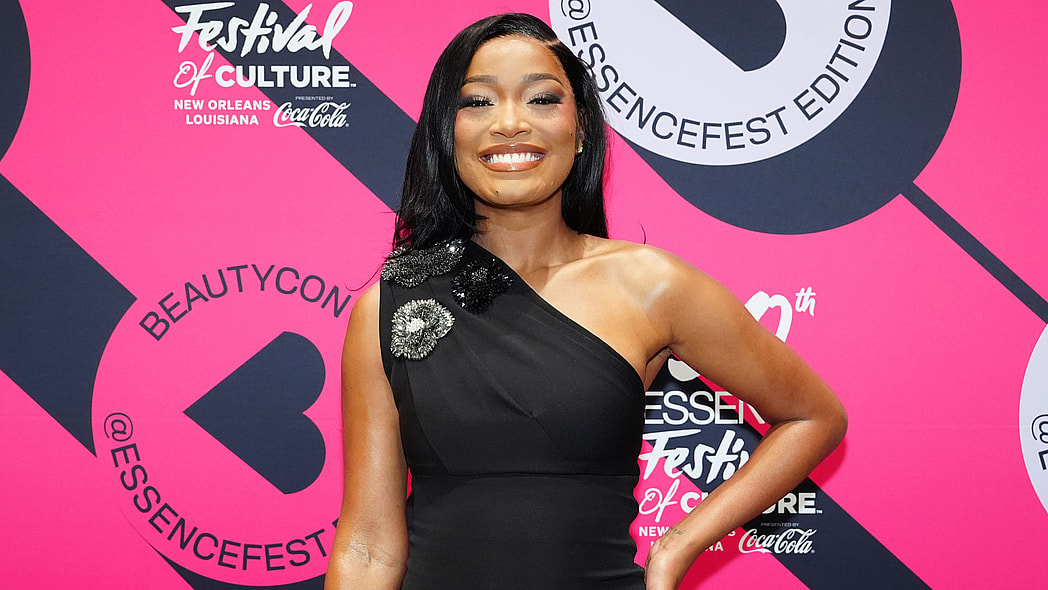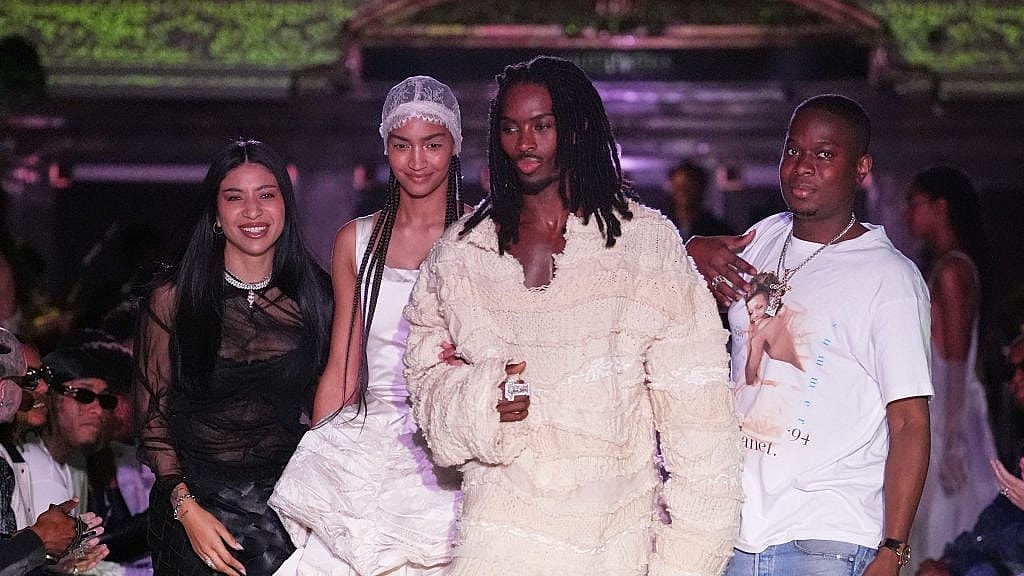The historical significance of Black popular music in American culture is powerful. Even former President Jimmy Carter dedicated a month to African American music appreciation beginning in 1979. With the deep influence of classic artists such as Louis Armstrong, Michael Jackson and Aretha Franklin, and modern-day music moguls like Beyonce, people around the world now celebrate the various forms of Black music.
The historical context of Black music

Enslaved people were not allowed to read and write. However, no one said they couldn’t sing, chant or holler.
African roots in music
The African oral tradition of work chanting and field hollering helped enslaved people combat the back-breaking tediousness of fieldwork. Drawing from an oral storytelling background, they eventually combined African music styles with Christian psalms and hymns.
Initially, these musical moments were centered around Sunday worship during the one “free” day they had out of the fields. Over time, these sacred music performances became a significant part of Black culture in a genre known as gospel.
The evolution of Black music genres
After the end of the Civil War, formerly enslaved people were far from free due to the Black Codes, rise of the KKK, unfair wages, red-lining and destruction of prosperous towns such as Tulsa, Okla. Music as a means of social commentary began to develop.
Folk music, the blues and jazz all developed as their own form of protest that combined elements of African call-and-response. While jazz is more improvisational, the blues is focused on guitar and lyrics. Meanwhile, the blues and the electric guitar would pave the way for Black American musicians to invent rock ‘n’ roll.
By the 1970s, Black communities grew tired of the lack of opportunities after the sacrifices of the civil rights movement, especially in urban environments. This disgruntlement gave rise to a new genre that continues to dominate the world today: rap/hip-hop.
Rap would take the element of protest to a blunter level, as evidenced in songs like “F… Tha Police” by N.W.A. It also emphasized improvisation, as seen in the rap battles popular in the 1980s.
Prominent Black musicians and their influence

Black music has been influenced by icons of jazz, soul, rap, rock and more. Musical pioneers like Louis Armstrong, Aretha Franklin, Grandmaster Flash and more created timeless music while using it to speak out about issues affecting Black Americans.
Louis Armstrong and jazz
When you think of Louis Armstrong, you might imagine his puffed-up cheeks as he masterfully blew into his trumpet. With a gravelly voice and strong use of improv, he also loudly blew the horn against racism. While boldly calling out then-president Eisenhower for being a hypocrite, Armstrong fought school segregation in the 1950s and was among many notable Black musicians who supported the civil rights movement.
Aretha Franklin and soul
One of the most impactful Black singers in music history was Aretha Franklin. The mezzo-soprano was improvising on the piano by age seven, but she’s most notably revered for her multi-octave voice, which would go on to help earn her 18 Grammys.
As the daughter of a preacher, her church roots always came through in her emotional vocal renditions that blended gospel, R&B, blues and a bit of jazz. One of her biggest hits, “Respect,” became an anthem of the civil rights movement. Later, she became the first woman inducted into the Rock and Roll Hall of Fame.
The impact of hip-hop artists
Hip-hop’s humble origins can be traced back to the Bronx. It was a fun way for the youth to pass the time, expressing themselves through DJing and breakdancing. Then, on one monumental late summer night, at a house party at 1520 Sedgwick Avenue, Clive Campbell introduced the art of finding the “breaks” in records — the parts the b-boys and b-girls dug the most. As the popularity of these parties grew, they became too large to be contained in a home.
“Rapper’s Delight,” a 14-minute song completed in one take by Sugarhill Gang, became the first commercial rap hit in 1980. Grandmaster Flash and the Furious Five followed with “The Message,” which detailed the realities of poverty among Black people in 1982. The group became the first hip-hop artist to be inducted into the Rock & Roll Hall of Fame.
Women like Queen Latifah and Salt-N-Pepa made their own influential mark in the male-dominated genre, paving the way for later female hitmakers like Megan Thee Stallion.
Today, some of the biggest rap veterans — such as LL Cool J, Common, Will Smith and Queen Latifah — have sold millions of records, transitioned into thriving acting careers and even earned a few Oscar nominations along the way.
Revolutionary artists: Lil Nas X and Backxwash
Lil Nas X made his hip-hop debut in 2021 with a nod to Black country musicians. He earned several Grammy nominations for his album, “Montero,” and made a huge splash with the Billy-Ray-Cyrus-featuring mega-hit, “Old Town Road.” He continues to pull no punches with his lyrics and visual imagery while further incorporating hard rock and R&B into his hip-hop sound.
Speaking of genre-blending, the Canadian transgender artist Ashanti Mutinta, known professionally as Backxwash, has been pushing hip-hop into even more diverse territories. Combining it with metal, she proudly proclaims herself a “witch” on the album “666 in Luxaxa.” Her dark aesthetic and extreme makeup only complement her daring commentary on racism.
The hybridization of musical genres

When you listen to different forms of Black music, you can often hear similar instruments, beats and vocal intonations. Each genre sits comfortably on an American musical family tree with branches that continue to grow.
Blending traditional sounds with modern style
The diversity of genres in American music stems from similar sources. The banjo is an instrument that many associate with bluegrass and country. However, the instrument has West African origins and was fine-tuned to play music associated with Western culture.
Banjo was used in folk music, which at one time included traditional Southern music like gospel, blues and country. Blues legend Otis Taylor helped bring the instrument back into the spotlight on his 2008 album “Recapturing The Banjo.”
The role of Black musicians in genre creation
Jazz is truly American — a hybrid of several musical genres like hymns, post-Civil War marching bands, blues and ragtime. Jazz musicians like the renowned Ella Fitzgerald used a technique called scat, a vocal improvisation that blends sounds and non-sensical words in a fast rhythm. In 1926, Louis Armstrong and his Hot Five put the first scat on record with the song “Heebie Jeebies.”
Later on, rap vocalizations would use a similar pattern but with real words, and groups like A Tribe Called Quest and The Roots would frequently incorporate samples from jazz — and also funk.
Speaking of funk, artists like James Brown, George Clinton and Sly and the Family Stone had a heavy influence on the creation of the genre, taking the yells, shouts and hums of soul music, adding more energy to the vocals and instrumentation and bringing it to the dance floor.
Agency and representation in music

Despite the dominant role of Black artists in creating American music, such trailblazers didn’t always profit from it or get the credit they deserve.
Authenticity and identity in Black music
A number of Black musicians, like TLC and Little Richard, received unscrupulous contracts that left them broke despite selling millions of albums. As entertainment attorney Vince Phillips told Vice, regarding labels knowing that an artist needed money quickly, “They’ll use that knowledge to pressure them into signing a bad contract.”
However, many artists realized the importance of controlling their art early on. Famous Black American musicians like Prince, Sam Cooke and Otis Redding had ownership of their masters. More recently, Chance the Rapper declined a record deal to remain independent and helped Anita Baker regain control of her recordings.
Amplifying diverse voices and narratives
Some artists are now forgoing the gatekeeping process to pave their own way. Thanks to podcasts, self-publishing, YouTube and streaming, Black artists who aren’t considered “commercial” enough can still get their music to the masses.
As Houston artist Soulliaa Rae told the Defender, “I’m a rising artist, so streaming changed everything for me,” she said. “Before, I would perform live and do pop-up shops, but now we have all these social media platforms to help us reach people globally.”
The role of mass media and entertainment

The boombox of the 1980s will forever be associated with blasting rap tunes far and wide, but the genre has evolved drastically in the decades that followed.
How technology has transformed Black music
In the ’80s, artists began using synthesizers and creating beats on drum machines. However, it was the turntable that changed how DJs worked with records. Instead of just letting a record play, they used their fingers to alter the tempo and create the iconic “scratching” effect. Later, the arrival of Auto-Tune in the 2000s would forever change the sound of rap.
Transcending cultural borders
The late Michael Jackson had to fight to get “Billie Jean” played on MTV in 1983 — which didn’t happen until the song already hit #1 on the Billboard Hot 100. At the time, MTV’s rotation was 99% white.
As artists like Jackson, Tina Turner and Whitney Houston began collecting hits and rap came on the scene, the channel gradually diversified. Eventually, an entire show devoted to hip-hop — “Yo! MTV Raps” — would debut in 1988, a sign that the genre would soon go mainstream and eventually take over the world. Come 2024, and we have Snoop Dogg overshadowing every commentator at the Summer Olympics in Paris. Talk about transcending cultural borders.
The impact of Black musicians in Latin America

Black musical influence has gone well beyond the United States, too.
Preservation of African spirit in Latin music
Many percussion instruments used in Latin music — like the African conga and tambora — can be traced back to Africa’s Bantu region. In a show of cultural pride, one of Latin music’s biggest stars, Celia Cruz, wears the Bata Cubana dress — which combines African and Spanish elements — as her preferred performance attire.
Cultural exchange through dance
Enslaved people in Colombia still danced while shackled. The shackling led to the simple rhythmic structures of cumbia. The music became a blend of European instruments with native percussion. Luis Carlos Meyer made the first cumbia record.
Meanwhile, enslaved people in the Dominican Republic copied the ballroom dances of their enslavers in their free time. Merengue music was not heard outside the Dominican Republic until Eduardo Brito brought it to New York in the 1930s. It became even more popular in the 1960s with more Dominican immigration.
Immigration would play a role in another Latin art form. Reggaeton evolved from the Jamaicans who worked on the Panama Canal in the 1980s. It soon spread to Puerto Rico as Jamaicans immigrated further. The music was dubbed “La Musica Negra.”
The enduring legacy of Black musicians

The legacy of Black music industry trailblazers lives on, even after many have passed away. There will never be another Michael Jackson, Tina Turner, Prince, Otis Redding, Billie Holiday, Aretha Franklin or Sam Cooke.
Many famous Black musicians have used their platforms and music to not only entertain but also fight against injustice, speak about world hunger and make Dr. King’s birthday a holiday. Meanwhile, a number of today’s artists — like Beyonce, Common and Queen Latifah — understand the power of controlling their image and using music to branch out into new ventures, from acting to producing to fashion.
Stay tuned as the next genre of music develops in the ever-growing family tree of talented Black artists.









